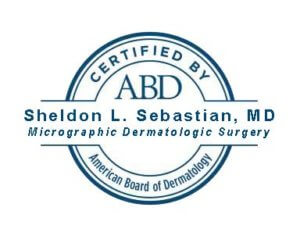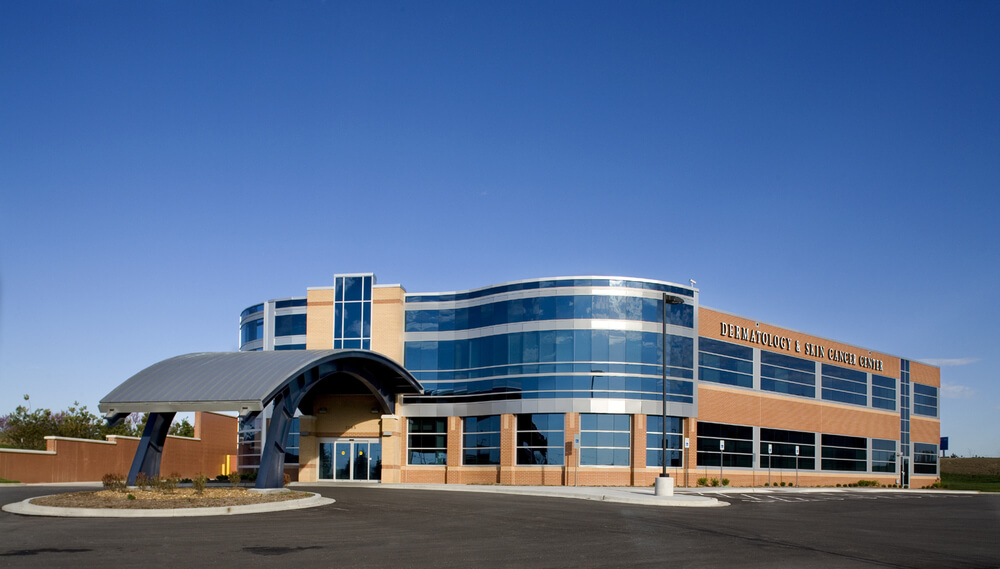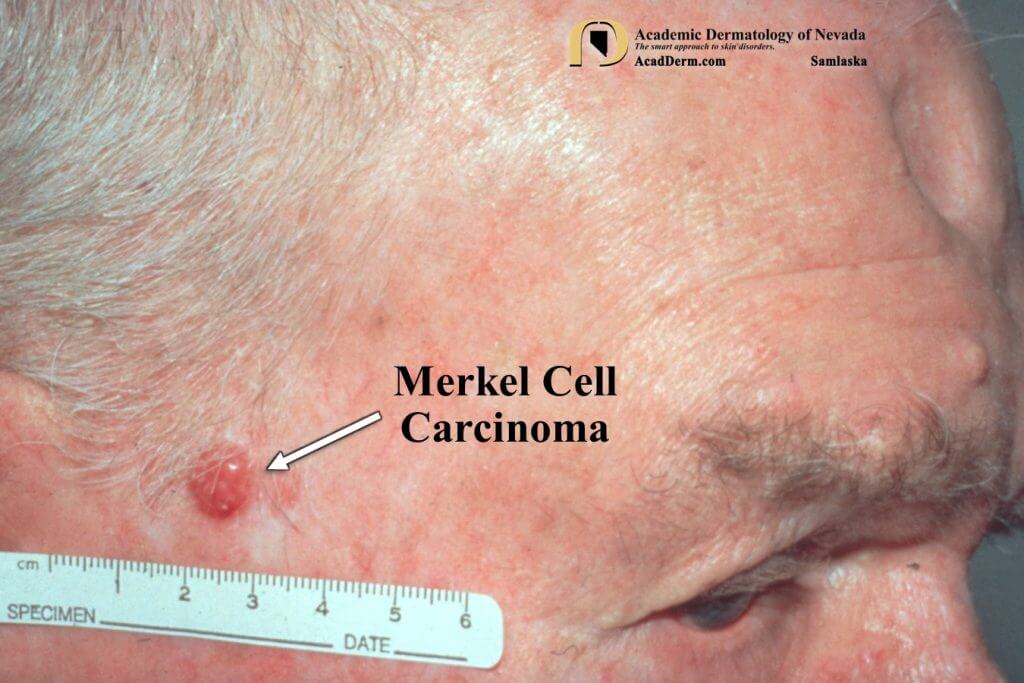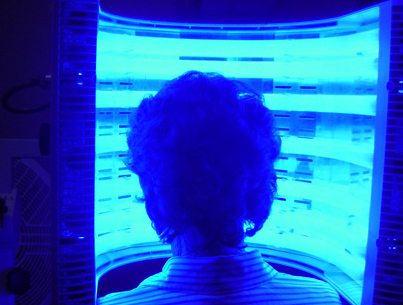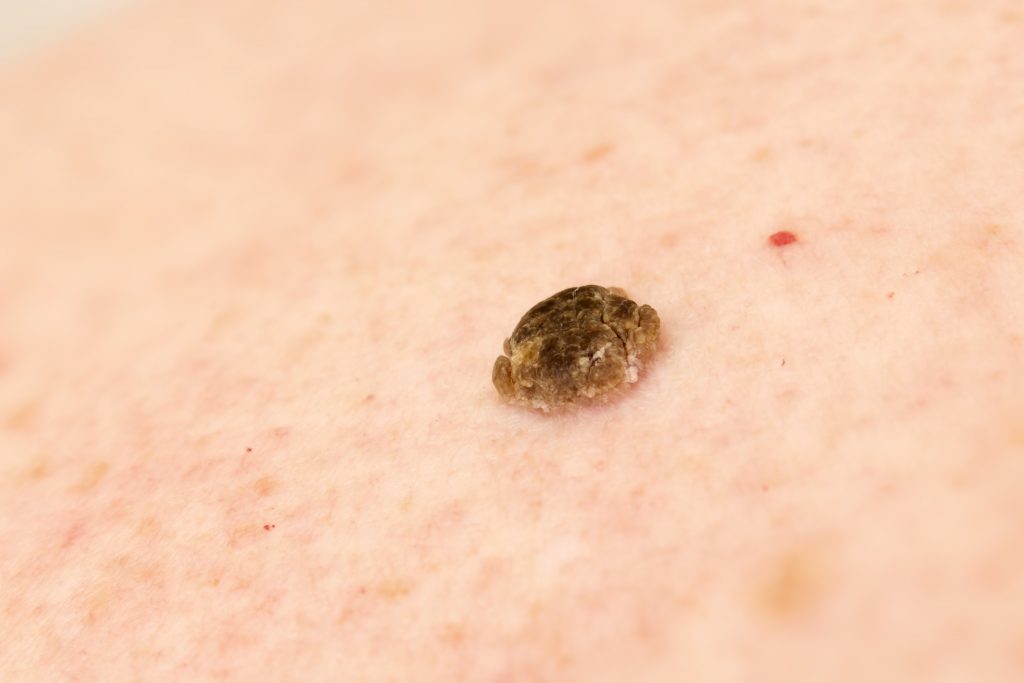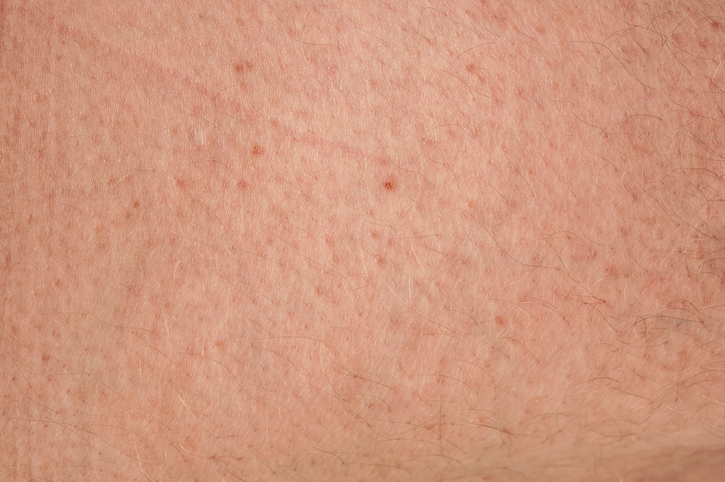Dr. Sheldon Sebastian, a board-certified dermatologist and diplomate of the American Board of Dermatology, earned his medical degree from the University of New Mexico School of Medicine in 2005. After completing an internship in internal medicine, he was trained in dermatology at the University of New Mexico Department of Dermatology, where he served as chief resident in 2008 – 2009. He is trained in general dermatology, dermatologic surgery, and laser surgery.
Dr. Sebastian has special interests in cutaneous oncology, treatment of skin cancer and facial reconstruction. He has completed a fellowship in Mohs Micrographic Surgery under the direction of Dr. Glenn Goldstein. This fellowship was approved by the American College of Mohs Surgery. Dr. Sebastian has published several articles in leading dermatology journals and has presented at multiple regional, national and international meetings. He is currently a fellow member of the American Academy of Dermatology and the American College of Mohs Surgery.
Dr. Sheldon Sebastian specializes in skin cancer and Mohs micrographic surgery at U.S. Dermatology Partners Lee’s Summit in Lees Summit, Missouri.
Specialties and Affiliations
- American Board of Dermatology
- American College of Mohs Surgery
- American Academy of Dermatology



